Once alive with the hum of progress, certain American towns that once promised prosperity now stand silent. These ghost towns, scattered across deserts, mountains, and plains, hold echoes of industry, gold rushes, and lost dreams. Each was built on ambition, mining booms, railroads, or frontier hopes, but time, economics, and nature reclaimed them. Today, they serve as eerie reminders of how swiftly fortunes can fade, leaving behind wooden facades, rusted machinery, and stories whispered only by the wind.
1. Bodie, California

Built in 1859 after the discovery of gold by prospector W.S. Bodey, Bodie quickly grew into one of California’s most notorious mining towns. By the late 1870s, its population had surpassed 10,000, with saloons, opium dens, and gambling halls crowding its dusty streets. However, when the mines began to dry up in the early 1880s, residents moved elsewhere. A devastating fire in 1932 sealed its fate. Today, Bodie stands preserved in a state of “arrested decay,” offering a haunting window into the Wild West’s rise and fall.
2. Centralia, Pennsylvania

Founded in 1866 atop rich anthracite coal seams, Centralia was once a thriving mining community of over 1,000 residents. In 1962, a fire ignited in an abandoned mine shaft beneath the town, spreading through underground coal veins. Toxic gases and dangerous sinkholes forced residents to flee. By the 1990s, the government ordered an evacuation, and today only a handful of homes remain. Smoke still seeps from cracks in the ground, marking Centralia as one of America’s eeriest, permanently burning ghost towns.
3. Rhyolite, Nevada
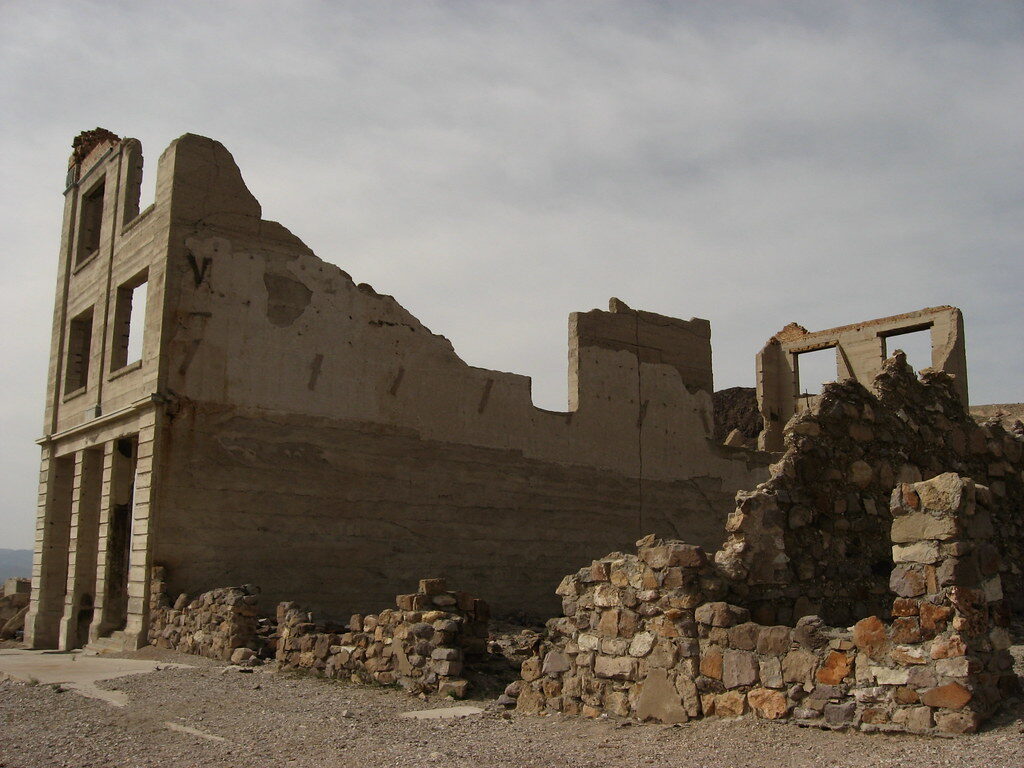
Established in 1904 after gold was found in the Bullfrog Hills, Rhyolite grew fast, boasting electricity, a stock exchange, and even a red-brick schoolhouse. Its population reached nearly 8,000 by 1907, but the financial panic of 1907 and dwindling ore caused a rapid decline. By 1916, power was cut off, and residents were gone. Today, the skeletal remains of the bank and bottle house still stand under the desert sun, echoing the fleeting dream of Nevada’s gold rush prosperity.
4. Kennecott, Alaska

Built in 1903 following the discovery of rich copper deposits, Kennecott became one of the most productive copper mining operations in the world. The Kennecott Copper Corporation built a fully functioning town complete with hospitals, schools, and a recreation hall. However, by 1938, the copper veins were exhausted, and the company abruptly shut down operations. Residents left everything behind. Now part of Wrangell–St. Elias National Park, Kennecott’s red mill buildings still cling to the mountainside like a frozen memory.
5. Thurmond, West Virginia
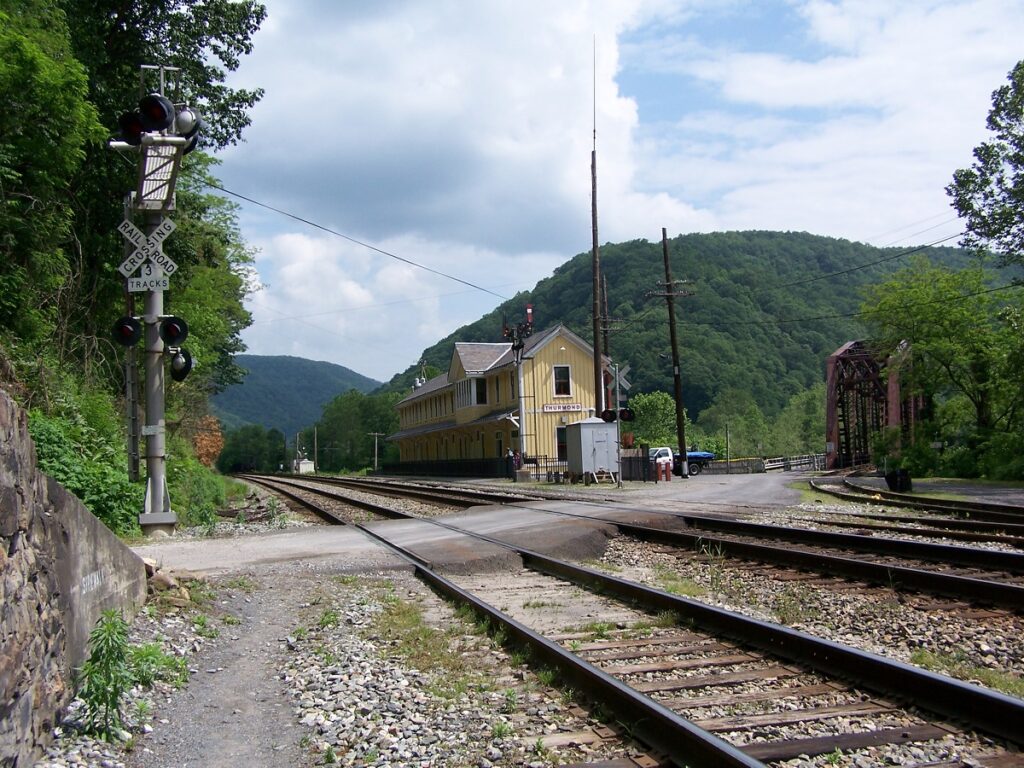
Once a bustling railroad town built in the late 1800s, Thurmond thrived as a key stop for the Chesapeake & Ohio Railway. At its peak, the town saw thousands of rail workers and travelers passing through daily. However, the decline of steam locomotives and the Great Depression slowly drained its vitality. By the 1950s, most businesses had closed. Today, only a few residents remain, and the preserved train depot stands as a museum, telling stories of when coal and steel fueled West Virginia’s heart.
6. Calico, California
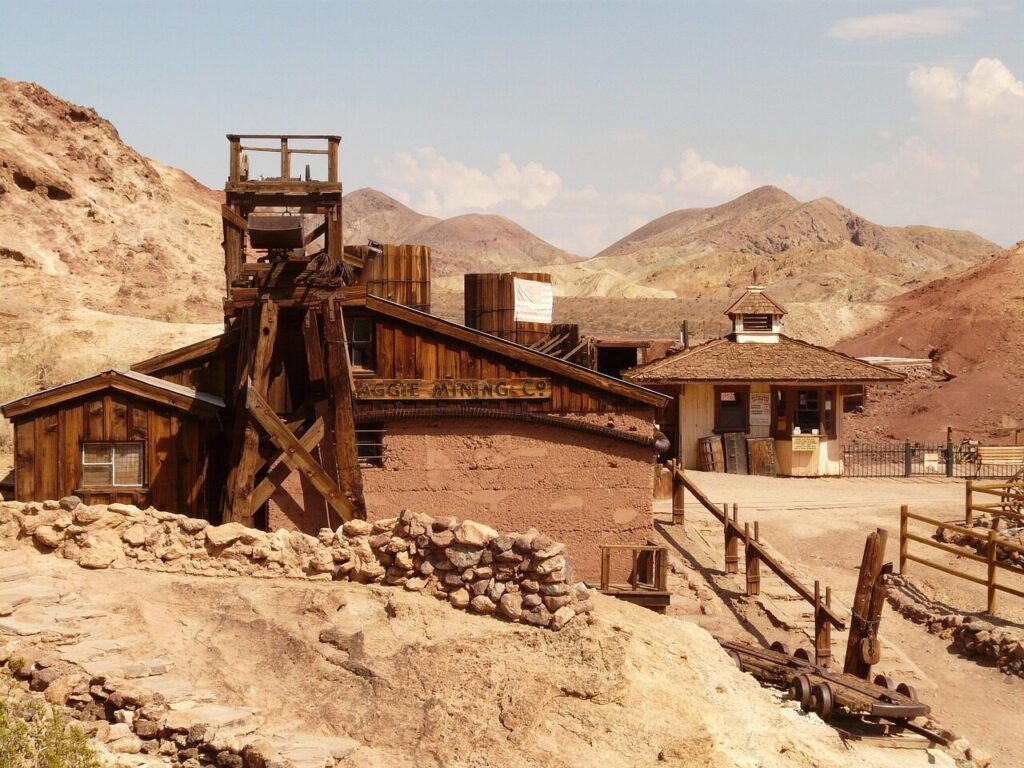
Founded in 1881 during the silver rush, Calico quickly flourished with over 500 mines producing millions in silver ore. At its peak, more than 1,200 people lived there, supported by bustling stores and saloons. When silver prices plummeted in the mid-1890s, the town emptied almost overnight. In the 1950s, Walter Knott of Knott’s Berry Farm fame purchased and restored Calico as a historical attraction. Though now a tourist site, much of its ghostly authenticity remains, whispering of the wild mining days.
7. Jerome, Arizona
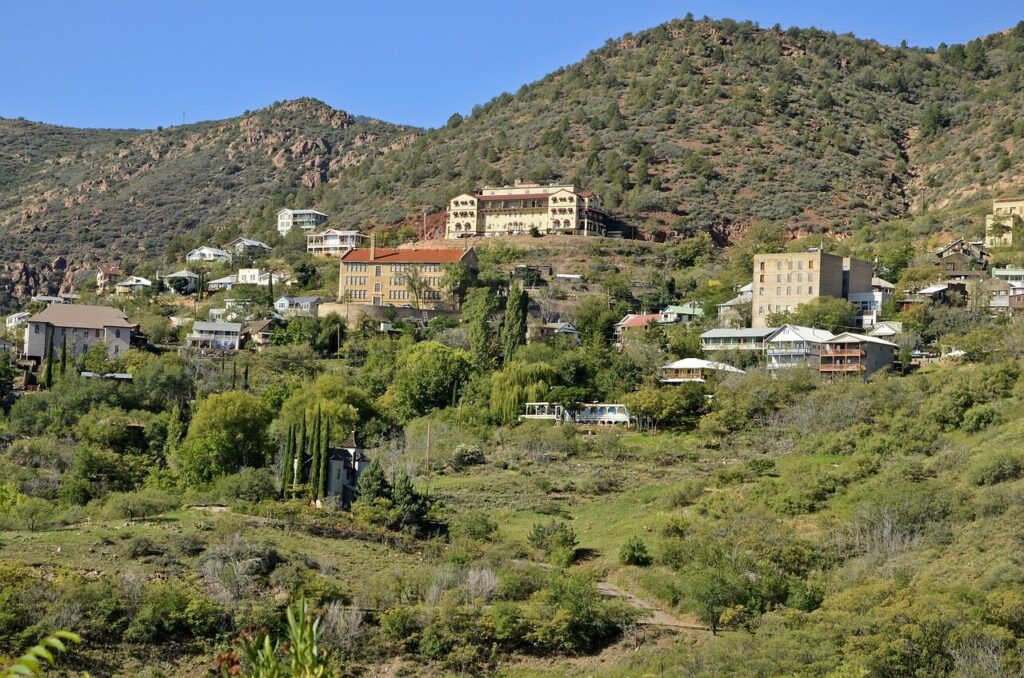
Perched on Cleopatra Hill, Jerome began in 1876 as a copper mining camp. By the 1920s, it had grown into one of Arizona’s largest towns, with nearly 15,000 people. Mines yielded over three million pounds of copper annually. But when copper prices dropped during the Great Depression, the town’s population plummeted. By the 1950s, fewer than 100 residents remained. Today, Jerome is partly revived as an artist colony, yet its leaning buildings and ghostly echoes still tell tales of the mining era’s boom and bust.
8. Garnet, Montana
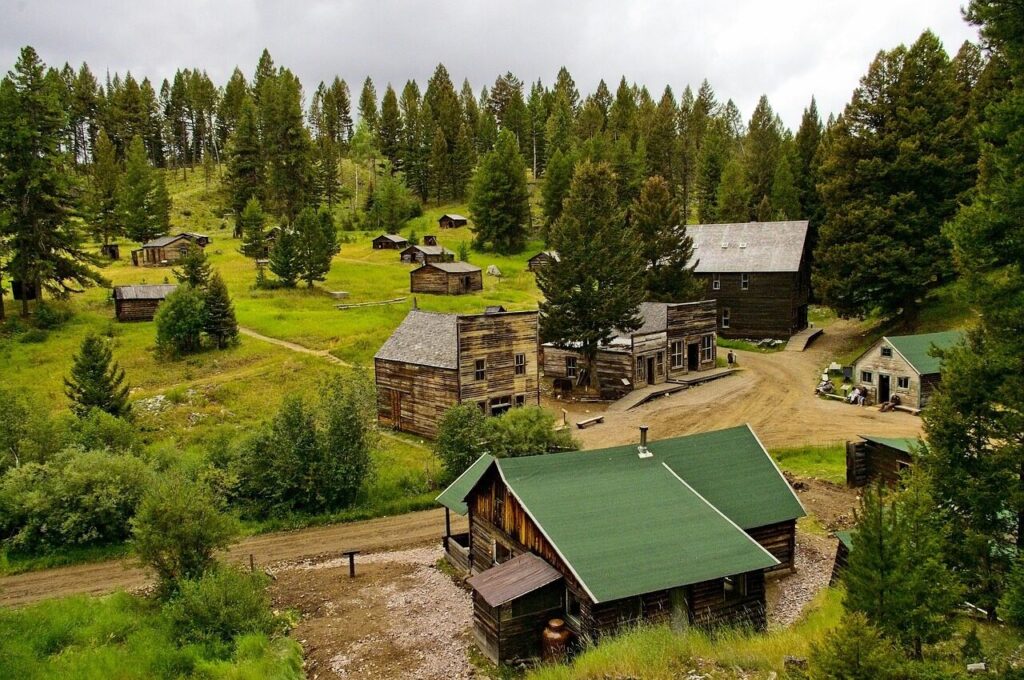
Garnet was founded in the 1890s when prospectors struck gold in the Garnet Range. By 1898, nearly 1,000 residents lived there, complete with hotels, saloons, and schools. The gold soon ran out, and by 1912, most miners had left. A brief revival during World War I ended with another fire in 1912. Today, preserved by the Bureau of Land Management, Garnet is one of Montana’s best-kept ghost towns, where creaking floors and abandoned pianos recall the lively spirit of a bygone frontier age.
9. Bannack, Montana

Founded in 1862 after gold was discovered in Grasshopper Creek, Bannack became Montana’s first territorial capital. With nearly 3,000 people at its peak, it was a rough mining town filled with saloons, stores, and vigilante justice. When richer strikes were found elsewhere, residents drifted away, and by the 1950s, Bannack was deserted. Today, it’s preserved as Bannack State Park, where over 60 wooden structures still stand, allowing visitors to wander through history frozen in time.
10. Glenrio, Texas/New Mexico
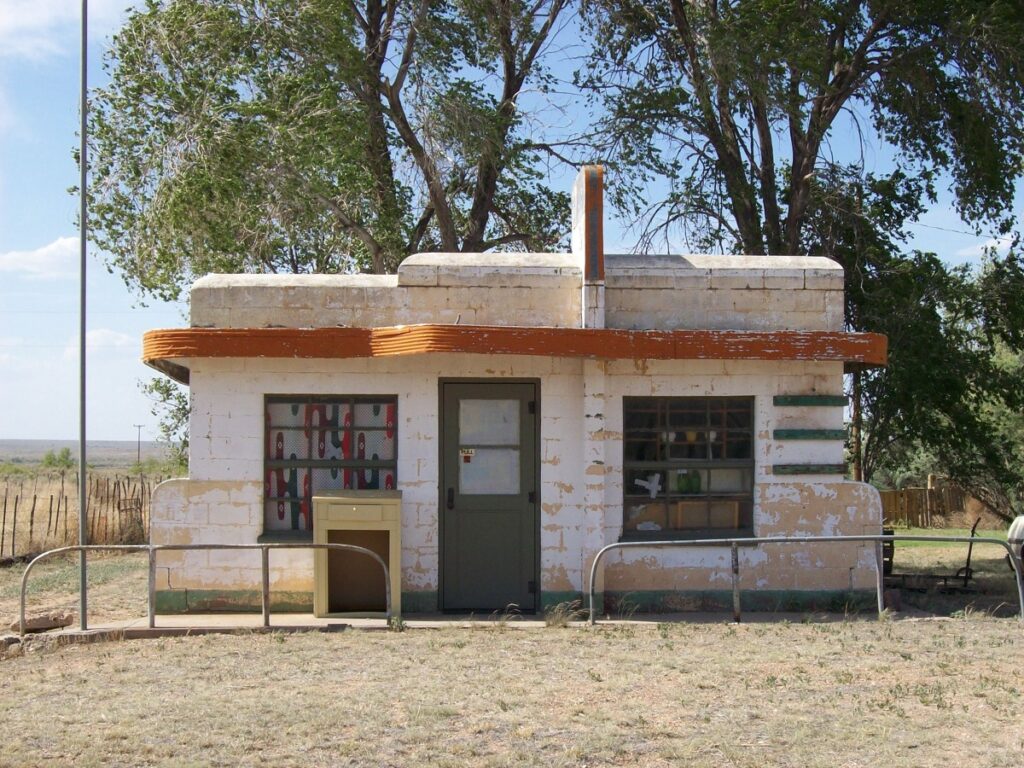
Built in 1903 along the Rock Island Railroad, Glenrio thrived as a border town between Texas and New Mexico. With the rise of Route 66 in the 1930s, it became a lively stop for travelers, boasting motels, diners, and gas stations. When Interstate 40 bypassed it in the 1970s, business vanished almost instantly. Abandoned buildings, faded neon signs, and empty highways remain as silent reminders of America’s lost road culture and the power of progress to erase once-thriving communities.
Comments